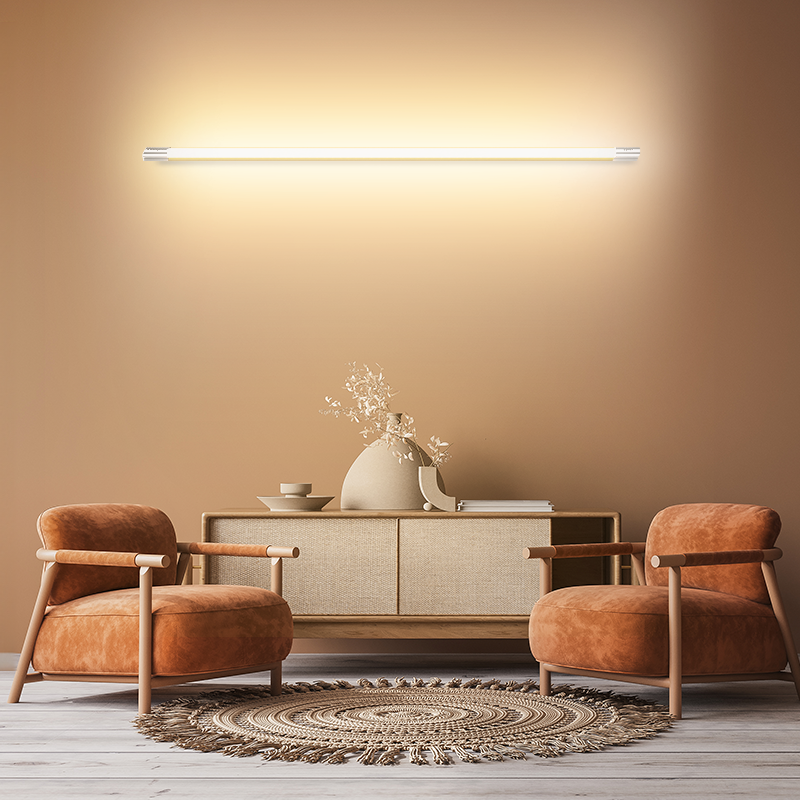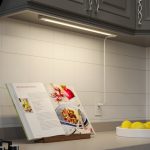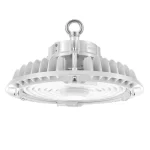Contents
- 1 Introduction to LED Lighting Installation
- 2 Tools and Materials Needed for LED Installation
- 3 Planning Your LED Lighting Layout
- 4 Step-by-Step Process for Installing LED Lights
- 5 Safety Considerations When Installing LED Lights
- 6 Tips for Efficient LED Usage
- 7 Troubleshooting Common LED Installation Issues
Introduction to LED Lighting Installation
How to install led lighting? LED lighting is a popular choice for both home and commercial environments. Its benefits range from extended lifespan to considerable energy savings compared to traditional lighting solutions. If you’re planning on installing LED lights, understanding the basic steps and requirements is crucial.

This introduction will provide you with foundational knowledge on how to install LED lighting. We’ll cover the necessary tools, materials, and the step-by-step procedure. Our focus is to make the installation process as straightforward and efficient as possible. By the end of this guide, you’ll be equipped with the know-how to execute a successful LED lighting installation.
Tools and Materials Needed for LED Installation
Preparing for your LED lighting project requires gathering the right tools and materials. To ensure a smooth installation process, here’s what you’ll need:
- LED Light Fixtures: Choose fixtures based on your space and lighting needs.
- Wire Stripper: This tool is essential for removing insulation from electrical wires.
- Wire Connectors: These secure wire connections and prevent electrical hazards.
- Screwdrivers: Needed for mounting fixtures and opening junction boxes.
- Drill with Bits: Use this for making holes for screws or wiring.
- Electrical Tape: This provides additional safety for wire connections.
- Voltage Tester: Confirm that power is off before starting your work.
- Ladder: Reach high places safely with a sturdy ladder.
- Pliers: They are useful for twisting wires and other tasks.
- Cable Ties: These help organize and secure wiring.
Before you begin to install LED lighting, make sure you have all these tools and materials. Doing so will help you avoid delays and ensure a safe and effective installation. Remember to check the compatibility of the fixtures with your existing power system to avoid any electrical issues.
Planning Your LED Lighting Layout
Before starting your LED installation, planning your layout is crucial. A well-thought-out plan ensures that your LED lights will serve their purpose efficiently and effectively. Here’s how to plan your LED lighting layout:
- Assess the Space: Measure the area where you will install the lights. Consider the room’s size, shape, and function. This will help in determining the number and placement of LED lights needed.
- Determine the Lighting Needs: Identify what each part of the room needs in terms of lighting. For instance, work areas need brighter lights compared to lounging areas.
- Sketch a Diagram: Draw a rough sketch of the room and mark where you plan to place each LED light. This visual aid will serve as a guide during installation.
- Decide on Fixtures: Based on your sketch, decide on the types of LED fixtures suitable for each location. Ensure they complement the room’s decor and lighting needs.
- Estimate Wiring Routes: Plan how to route the electrical wiring. Aim for the most straightforward paths to ease the installation process.
- Consult Local Regulations: Check for any local building codes or regulations. Ensure your plan complies with these to avoid any legal issues.
Proper planning can prevent costly mistakes and ensure that your LED lights provide the desired effect in your space.

Step-by-Step Process for Installing LED Lights
Choosing the Right LED Lights
When selecting LED lights, consider the bulb’s color, brightness, and energy efficiency. Look for lumens, not watts, to gauge brightness. Choose a color temperature that suits the mood you want to create; warm white for cozy spaces, cool white for task lighting. Energy Star-rated LEDs ensure maximum efficiency. Check the light fixture fit, ensuring the LED bulb base matches the fixture. Always choose high-quality LEDs for longevity and better light quality.
Preparing the Installation Area
Start by clearing the area where you will install the LED lights. Remove any furniture or obstacles. Use your ladder to reach high places safely. Turn off power at the circuit breaker for safety. Use your voltage tester to double-check that power is off. Clean the surface where you’ll mount the LEDs to secure adhesion if necessary.
Connecting the LED Lights to Power
Follow manufacturer instructions to connect your LED lights correctly. Strip the wires using your wire stripper. Use wire connectors to secure the connections. Wrap connections with electrical tape for safety. For fixtures requiring a screw-in bulb, ensure it’s snug but not overtight. Always keep wires neat and organize them with cable ties.
Securing and Positioning LED Lights
Use your drill and bits to create mounting holes if needed. Secure the light fixtures with screws. Aim for even spacing and alignment for a professional look. Adjust the light direction, if possible, to optimize coverage. Test the lights by turning the power back on before finishing up. Replace furniture and clean up any mess to complete the installation.

Safety Considerations When Installing LED Lights
When installing LED lights, safety is paramount. Here are key safety considerations to keep in mind:
- Turn Off Power: Before starting, always turn off power at the circuit breaker.
- Test for Power: Use a voltage tester to confirm power is off.
- Use Proper Tools: Always use tools designed for electrical work.
- Handle LEDs Carefully: LEDs can be sensitive, handle them with care to avoid damage.
- Follow Instructions: Adhere to the manufacturer’s guidelines for installation.
- Check Wiring Polarity: Ensure wires are connected correctly to prevent electrical faults.
- Secure Connections: Use wire connectors and electrical tape to avoid loose wires.
- Wear Safety Gear: Gloves and safety glasses can protect you from harm.
- Keep Work Area Clean: A tidy space prevents trips and falls.
- Dispose of Packaging Properly: Remove any flammable materials from the work area.
- Inspect for Damage: Before installation, check LED fixtures for any damage.
- Avoid Overloading Circuits: Ensure your electrical system can handle the new LED lights.
Remembering these safety tips can help ensure a safe and successful LED lighting installation.
Tips for Efficient LED Usage
To make the most of your newly installed LED lighting, apply these efficiency tips. They ensure your LEDs provide optimal illumination while conserving energy. Here are the key strategies for efficient LED usage:
- Dimmers: Install dimmers to control light levels. This saves energy when full brightness isn’t needed.
- Timers and Sensors: Use timers and motion sensors to turn lights off automatically. This cuts down on unnecessary usage.
- Optimal Placement: Position LEDs to maximize light spread. This often means fewer lights are necessary.
- Regular Cleaning: Dust off LED fixtures to maintain brightness. Cleaner bulbs emit more light.
- Combine with Natural Light: During the day, use sunlight to reduce the need for artificial light.
- Choose Energy-Efficient LEDs: Look for LEDs with Energy Star ratings. These use less energy for the same brightness.
- Right Color Temperature: Select the correct color temperature for your spaces. Warmer colors for relaxing areas and cooler tones for workspaces.
- Proper Maintenance: Replace LEDs timely when they dim or flicker. This ensures consistent light quality.
By following these tips, your LED lighting will not only look great but also work efficiently, saving energy and cutting costs in the long run. Remember, efficient use goes beyond the installation process—it’s an ongoing effort to make the best use of your LED solutions.
Troubleshooting Common LED Installation Issues
When you learn how to install LED lighting, it’s important to know how to fix common issues. Here are several tips to help you troubleshoot:
- Flickering Lights: If your LED lights flicker, check the dimmer compatibility. Make sure you have LEDs that match the type of dimmer you are using. Secure connections can also solve this problem.
- No Lights: If the lights don’t turn on, confirm the power source is active. Check your circuit breaker and ensure all wires are properly connected. Using a voltage tester can help determine the issue.
- Uneven Lighting: If some areas are brighter than others, adjust the placement or direction of the LED fixtures. Ensure that all LEDs are of the same type and brightness level for a uniform look.
- Overheating: LEDs should stay cool. If they overheat, they may be in a poorly ventilated space or the wrong type for your fixture. Ensure there is enough airflow and that the LED type is suitable for the fixtures.
- Buzzing Sound: A buzzing noise might indicate a poor connection or a defective bulb. Tighten connections and replace the bulb if necessary. Quality LEDs are less likely to buzz compared to lower-grade bulbs.
- Color Issues: When the light color isn’t what you expected, check the color temperature on the packaging. Make sure it matches the desired effect for your space. Sometimes it’s just a matter of choosing a different color temperature LED.
Whenever you’re addressing these issues, remember to turn off the power for safety. Patience and careful examination often lead to simple solutions. Properly troubleshooting your LED installation can ensure a long-lasting and satisfactory lighting experience.


